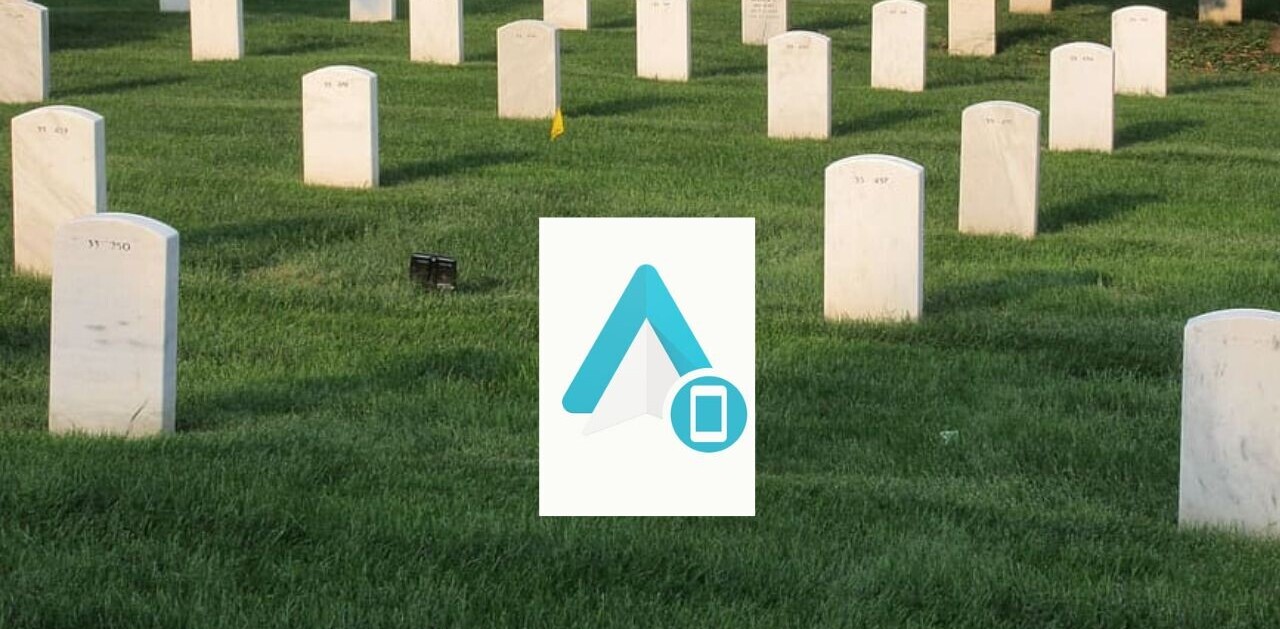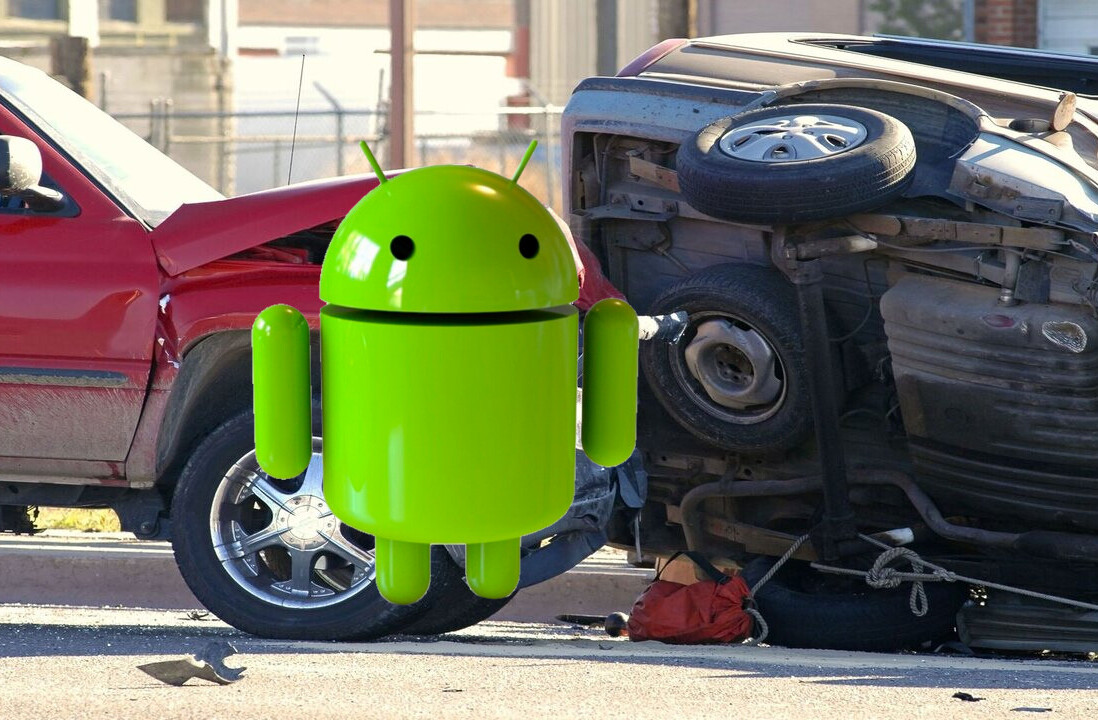
Google today updated its Platform Versions Web page for Android, revealing that the latest version has finally taken first place. Android 4.2 (Jelly Bean) and Android 4.1 (Jelly Bean) are not only still steadily growing, but they have also surpassed Android 2.3 (Gingerbread). Aside from the Jelly Beans, all other Android versions, including Android 4.0 (Ice Cream Sandwich), have lost share.
Breaking down the numbers more specifically, 37.9 percent of Android users are using Jelly Bean, 23.3 percent have devices powered by ICS, 0.1 percent are on Honeycomb, 34.1 are stuck with Gingerbread, and 3.1 percent unfortunately still have Froyo. Compared to last month, Jelly Bean has passed the 35 percent mark, Gingerbread has fallen below it, and ICS has dropped below 25 percent.
Here’s how the current Android landscape looks like in graph and table form:
Android 4.2 grabbed a decent 1.6 percentage points (from 4.0 percent to 5.6 percent) while Android 4.1 gained a solid 3.3 percentage points (from 29.0 percent to 32.3 percent). Android 4.0 is meanwhile continuing its slow decline: it dropped another 2.3 points (from 25.6 percent to 23.3 percent).
Android 2.3 lost 2.4 points (from 36.5 percent to 34.1 percent) and Android 2.2 dipped 0.1 points (from 3.2 percent to 3.1). The bigger picture has finally shifted: the latest and greatest Jelly Beans (June 2012 and November 2012) are finally first, Gingerbread (released December 2010) is second, ICS (October 2011) is third, and Froyo (May 2010) is fourth.
While this is certainly good news, we have to emphasize that Google recently tweaked its algorithm in regards to how it counts users for these figures. In its own words, the company said:
Note: Beginning in April, 2013, these charts are now built using data collected from each device when the user visits the Google Play Store. Previously, the data was collected when the device simply checked-in to Google servers. We believe the new data more accurately reflects those users who are most engaged in the Android and Google Play ecosystem.
As we wrote then, this change skews the data by giving an inaccurate picture of which Android versions are actually being used while at the same time helping developers target users who are actively using Google Play.
Keeping this in mind, it’s still great to see that Jelly Bean has finally taken gold. We can only hope that by the end of the year, it will have taken 50 percent of the pie.
Top Image Credit: Chris Denham
Get the TNW newsletter
Get the most important tech news in your inbox each week.






